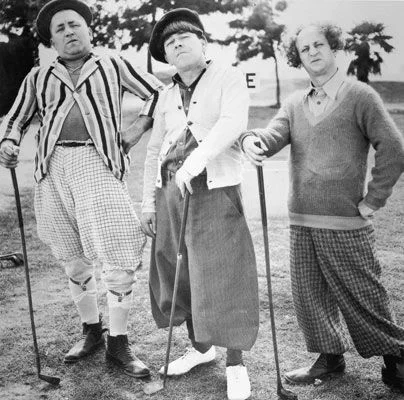Dear supporters, I wanted to update you on our plans over the next 15 months.
Why 15 months – well that is the time when the council elections will be held and when true accountability for poor decision making takes place. Last time around the Albert Eden Local Board was silent on its intentions regarding Chamberlain Park despite it being the largest single draw on rate payers – the amount for the total project is now estimated at $22m (their numbers) and rising. We won’t let them get away with it next time!
Though we were unsuccessful with our Judicial Review it did buy us a year, bringing us closer to the next election cycle. Our next immediate focus will be on challenging Resource Consents through processes prescribed by the Resources Management Act. For this we have employed the services of an experienced lawyer in this area, Will McKenzie, along with the ongoing support from our solicitor Doug Cowan.
Earlier this year the Council made an application for a non-notified consent for Stage 1 of its Masterplan – relating to the Meola Creek part of Chamberlain Park and involving unnecessarily slicing 1000m from the length of the course. By staging the project in this way, the Council is acting like a developer by splitting its Masterplan consent process into parts so as to create a lower bar and then going for a non-notified consent. We have formally submitted a request that the consent be notified. Given that Council is both the applicant and the decision maker it is difficult / impossible for it to make a decision which is truly impartial.
However, there is good reason for the consent to be notified:
* There is significant public interest.
* The plan involves removing at least 21 protected trees as well as many others that are not.
* The consent effectively involves re-zoning Chamberlain Park. Council's application is an application to change the use of the land in question from "organised sport (and) active recreation" to "informal recreation".
* The proposed removal of the playground on Rwapindi Reserve which meets all of Council’s guidelines being close to and overlooked by residences and local roads, and the proposed construction of a replacement playground on what is currently golfing land fails and to meet Council’s own guidelines being isolated from residences and passing traffic.
If Council does not take heed of the obvious public interest and grants resource consent on a non-notified basis then we will strongly consider having that decision judicially reviewed in the High Court. Judicial review in 2015 overturned Council’s decision to grant Ports of Auckland Ltd consent to extend Bledisloe Wharf on a non-notified basis.
Visibility on the Resource Consent process is likely over the next two months…and should last into next year. This will then take us into the Council election cycle. Just as a heads up we will need to raise additional money to challenge the Resource Consent – this will be done via our Give-a-little page.
The other part of our plan is to lobby Councillor’s, politicians, sporting bodies, the public and others with an alternative plan for Chamberlain Park. The only thing that our alternative plan cannot deliver as per the current Masterplan are the two sports fields which, by Council figures are not needed and would costs a whopping $15m. Within the status quo (current 18-hole golf course) we can accommodate walking and biking tracks, a playground and the Meola Creek restoration. Moreover, rather than putting in hard surfaces such as roadways and car parks we would advocate for considerably more planting of native trees and shrubs and encourage further bird life through a predator free programme across the entire 32ha park. We would see Chamberlain Park could becoming a conservation oasis in the CBD. The cost of such a programme could be funded out of surpluses from the operation of the golf course – or from just 20% of the price tag the AELB is proposing.
Finally, NZ Golf has produced incisive analysis of the importance of golf to Auckland.We have met with NZ Golf and will be working with them to help ensure that this important 18 hole public golf course – the home of golf for the working classes and others – remains intact for future generations over the next 80 years. If Council is successful in reducing Chamberlain Park from 18-hole to 9-holes it will become the blueprint for redevelopment of the 13 other Council owned/controlled golf courses when their leases fall due. If we are successful in saving Chamberlain Park it will set the precedent for saving the other Council owned courses.
Golf is the number 1 participation sport in Auckland. What Auckland Council has not quite twigged to is that there are a lot of people associated with this sport who are generally supportive of preserving our open spaces.
So the fight for Chamberlain Park is far from over. We thank you for your support. Anyone who wants to get involved please contact us on: savecpark@gmail.com We will also be looking for candidates for anyone who might be interested in participating on the front line.
Thanks for your support. We’ll be in touch.
Geoff Senescall
Chair of Save Chamberlain Park
021481234









